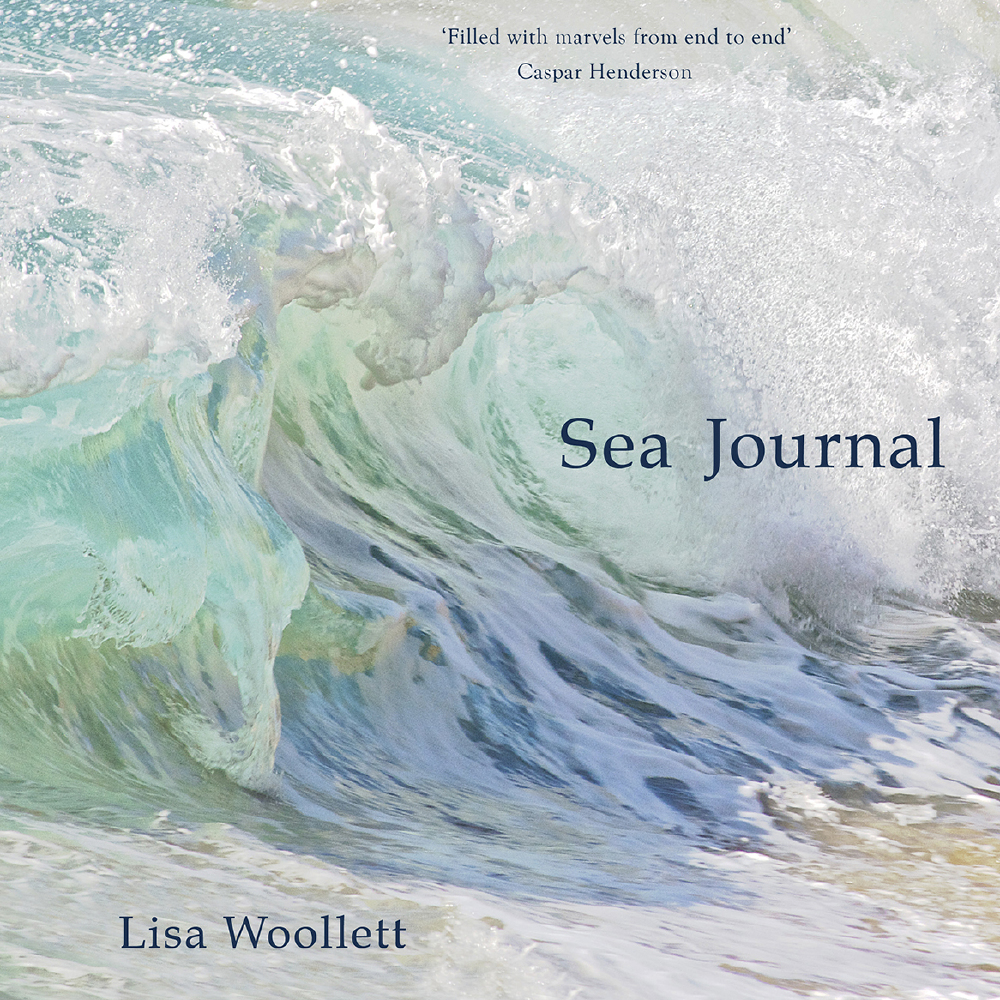sand
Arenophilia is 'love of sand'. Under a microscope we see grains of quartz and mica, and tiny gemstones - garnet, topaz and amethyst - their crystal forms ground and polished by the waves. There are also the remnants of sea life: fragments of urchin shell, the intricate shell-houses of plankton, and glassy fishhooks, hairpins and anchors, these from the skeletons of sponges.
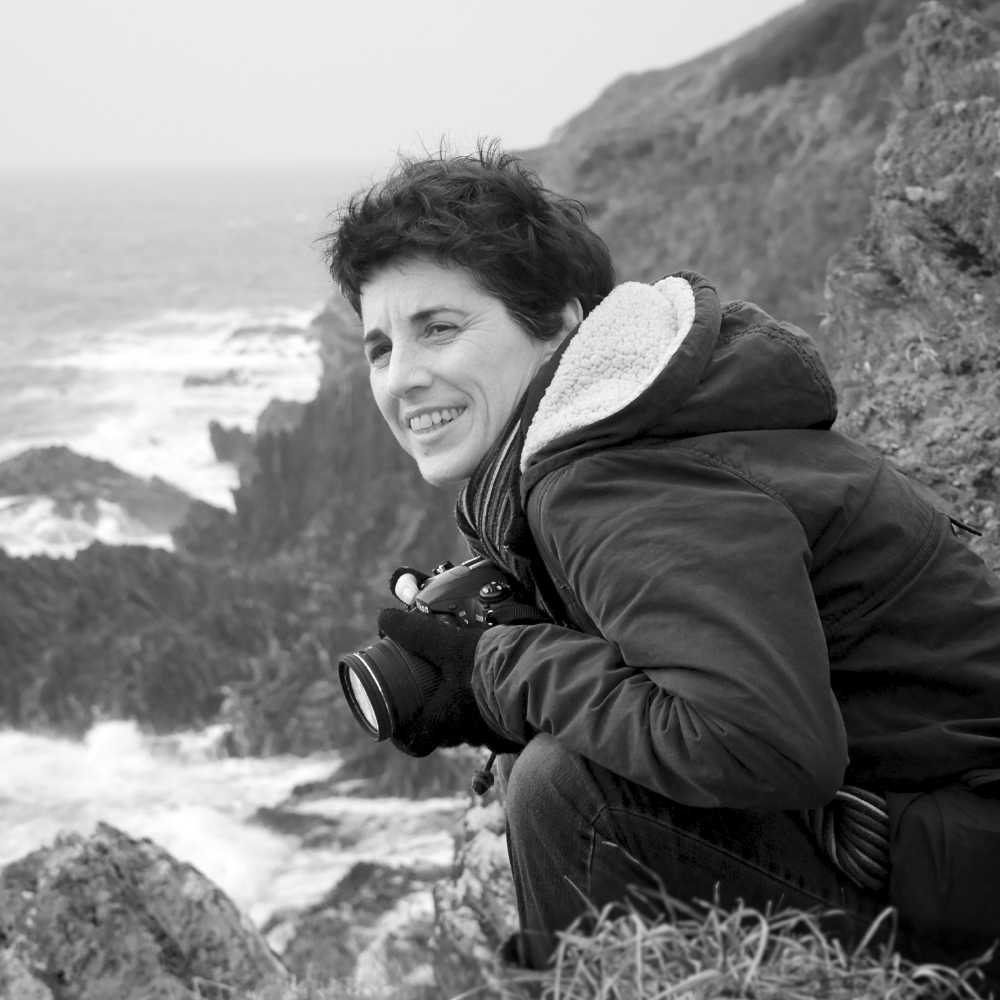
Lisa Woollett
mermaid's purses
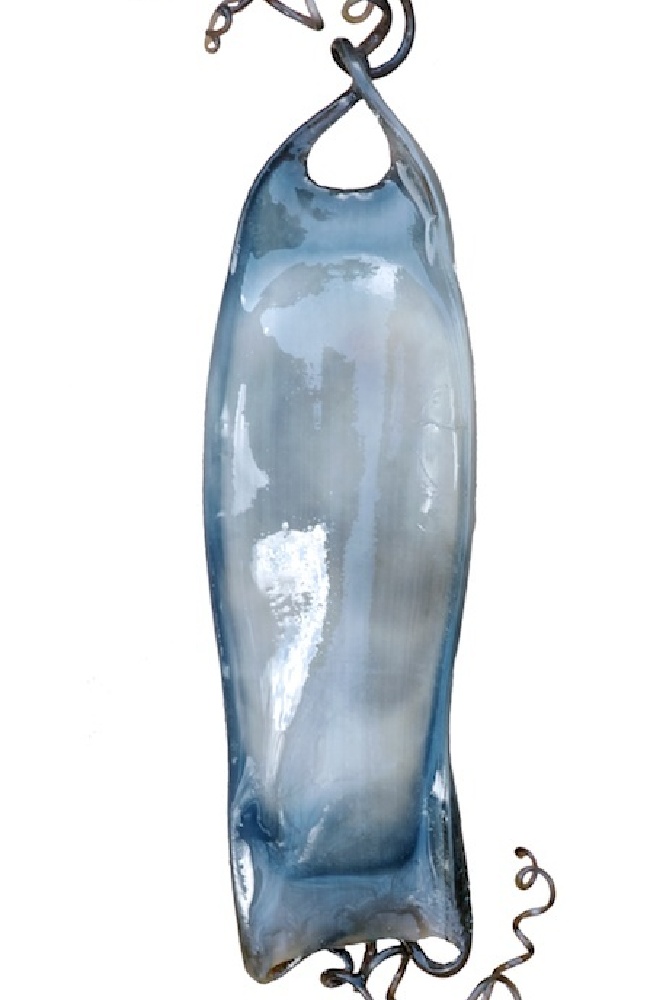
Dark and horned, the empty eggcases of skates and rays often wash up on the beach. Laid on the seabed, a single embryonic skate grows inside each one. Wriggling to draw in water through the horns, it lives off the shrinking yolk until if fills the purse. Months later it emerges through a slit at the top, wrapped in the cloak of its own wings.
the moon
The moon is moving away from Earth at the same rate our fingernails grow. A record of this is laid down in fossil shells of the nautilus. These tell us that 450 million years ago the moon was half its current distance from Earth and so appeared twice the size in the sky, racing from new to full and then back in only nine days.
cuttlefish
Cuttlefish can change the colour and pattern of their skin. In the mating season bold zebra stripes warn off rival males. When a male is small though, he can instead mimic a female, in colour and with the movements of his 'skirts' - and do this only on the side facing the bigger male. Unthreatening, he can then nip in unnoticed and mate.
the sperm whale's nose
The nose of this magnificent, blunt-headed whale makes up a third of its entire body size. Effectively a huge amplifier, through a series of bony sound mirrors and accoustic lenses, it produces sounds that can be heard 40 miles away. Heard through the hulls of whaling ships, these were once thought to be ghosts in the sea.
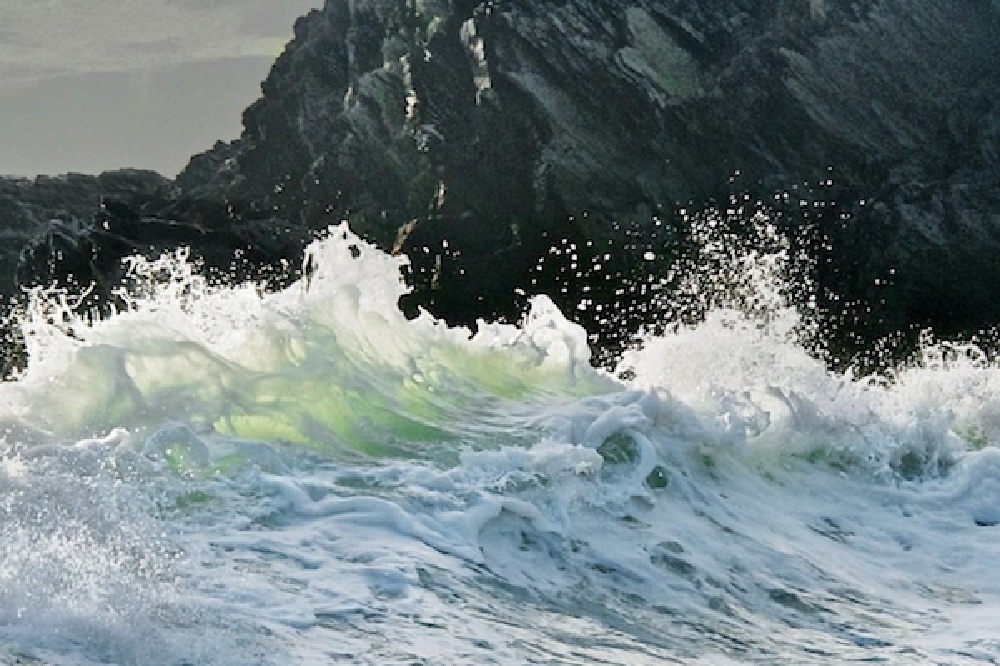
by-the-wind sailors
After gales, thousands of these sometimes strand on a beach. Their skeletons are intricate cellophane sailboats, with a sail that twists either to the left or right. This means the same wind sends the two forms tacking in different directions. So most washing up in Britain twist to the left, whilst in America it is the right.
plankton
Plankton means 'drifting or wandering life'. As with sand, its beauty is revealed by a microscope. The circle of light is filled with curious forms in glassy outline: ovals, tubes and needles, some with perfect geometric forms, others with bristles or jointed limbs. They jostle, wriggle and vibrate, as others careen erratically past and then vanish.
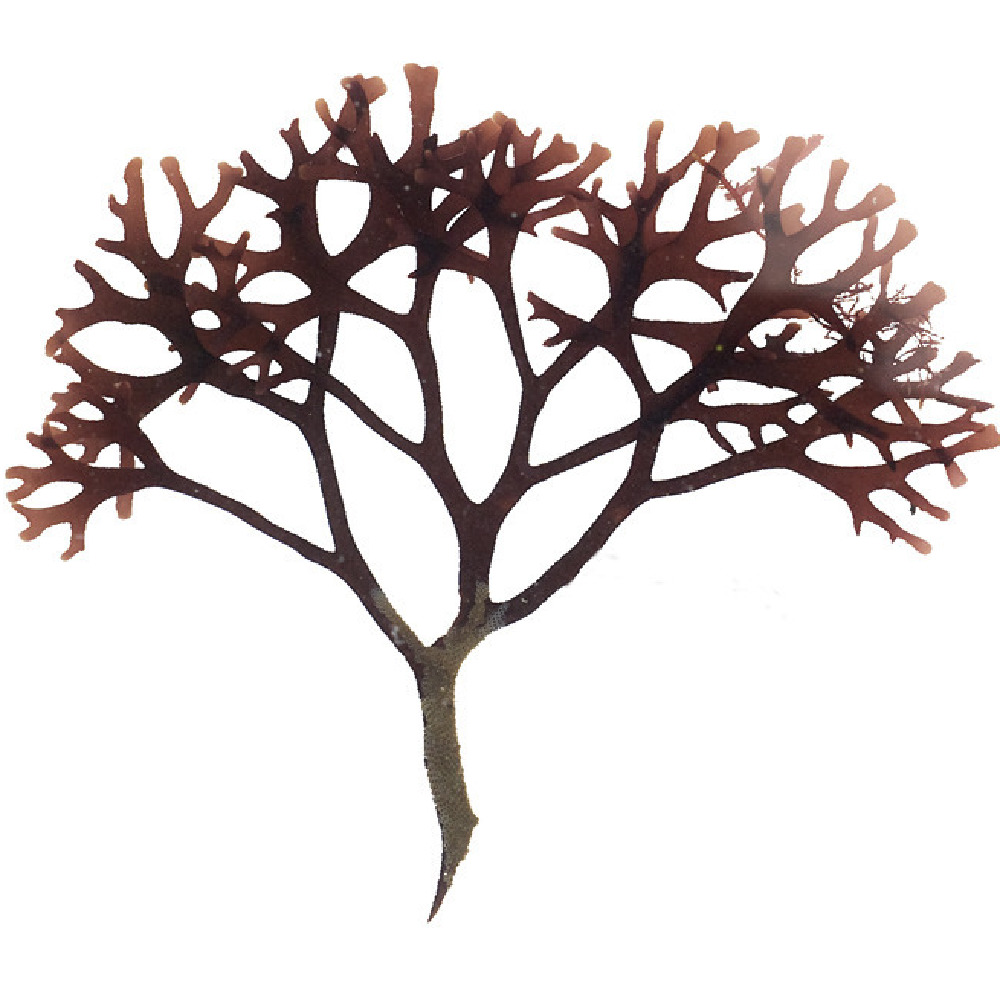
flint pebbles
Clack two together and the sound is glassy. This is because they are made from the silica skeletons of certain plankton. These fall to the sea floor in what scientists call 'marine snow', to form an ooze known as biogenic opal. Over millions of years, under the weight of later sediment, this eventually turns to flint.
goose barnacles
In the 11th century these were thought to be the embryonic form of the barnacle goose (as the bird migrates to breed, its nests were never seen in Britain). The myth persisted long after it might otherwise have done, as the bird was considered fish and not flesh, so could still be eaten during Lent.
seaweed

Red seaweeds can live deeper than the rest: the browns and the greens. They get their colours from red and blue accessory pigments, which mask the chlorophyll. These allow them to capture the sunlight that travels deepest in seawater.
